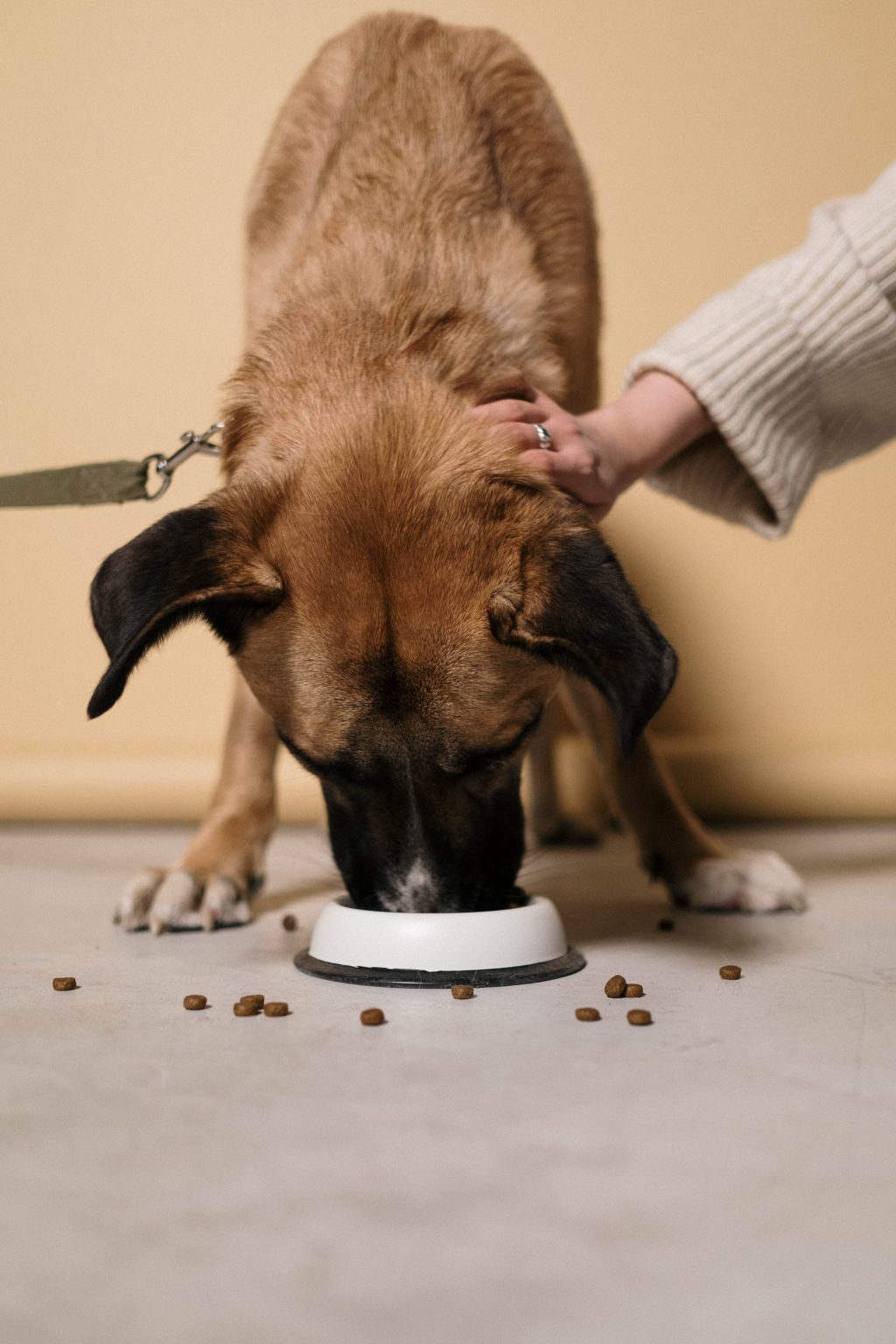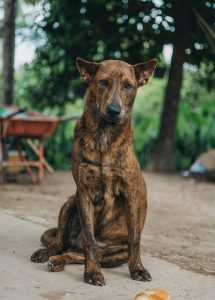
osts by:
Dr. Nancy Kay, DVM, DACVIM
Dog Checkups & Preventive Care
Did you know that October 7th is National Pet Obesity Awareness Day? I wonder why Hallmark hasn’t caught on to this official “pet problem awareness” date. Just imagine the creative and comical cards they could create!
You likely already know about the many problems associated with canine obesity. From arthritis to diabetes to heart disease, those extra pounds predispose dogs to a litany of health issues.
What you may not know is that, besides the basics of overfeeding and under-exercising, there are other almost certain predictors of canine obesity. Knowledge of them helps lower the likelihood of chubby Chows and portly Pugs. Here are 5 problems you can avoid to help prevent canine obesity.
1. Choosing the wrong breed
While any type of dog can become obese, certain breeds are particularly predisposed. Perhaps it’s an inherited slower metabolism, love of eating, or undeniable cuteness (the cuter the dog, the more treats offered) that renders them more susceptible.
Labrador Retrievers are at the top of the list, both in popularity (consistently the most popular breed in the United States) and the likelihood of obesity. Most Labs love to eat, yet they tend to require surprisingly few calories to maintain a healthy body weight. Do your research before you adopt your next four-legged family member. If you know from past experience that you love to feed more than you love to exercise, choose a “skinnier” breed.
2. Inaccurate recommendations on dog food labels can lead to obesity
If you feed commercially prepared foods do not rely on the product label when determining how much to feed your dog. Ask your veterinarian for advice on how much to feed. Keep in mind, this amount is just a starting point and should be adjusted up or down based on fluctuations in your dog’s appearance. Predicting how much a dog needs to eat isn’t an exact science—just because two dogs come from the same litter doesn’t mean they will require the same number of calories.
I commonly receive the question, “How much should I feed my dog?” For starters, I begin with a mathematical formula that provides the number of calories based on the dog’s size. This is just a starting point, however. I adjust my recommendation based on several other factors including the animal’s age, breed, activity level, and current size (too fat, too thin, or just right).
3. Treats can be too big, and lead to obesity
Dogs come in all different sizes, yet dog treats tend to come in just three–small, medium and large. Just because a dog treat comes in a particular size doesn’t mean you have to feed the whole darned thing all at once. Feeding “small size” cookies may work well for a Sheltie, but may be disastrous for the Chihuahua for whom two or three of the treats may provide an entire day’s worth of calories.
So, divvy up those snacks. Trust me, your dog won’t mind. As he wolfs down his tasty treat in a nanosecond, the difference between a half and a whole will go unnoticed.
4. Bad advice is out there, and that can lead to obesity
Truth be told, most people are not used to looking at dogs who are truly fit. So, when they see a dog without a thick waist and a layer of fat covering the ribcage, they think the dog is too thin. And, out of concern for the animal, they may voice their opinion, loud and clear.
I encourage you to rely on the opinions of experts when it comes to your dog’s body condition, and dismiss those well-intentioned comments from neighborhood dog walkers or dog park buddies. They may not be used to looking at dogs who are lean, mean working machines.
5. The puppy face can be overpowering, and can lead to obesity
In general, people who are less active and more housebound tend to overfeed their dogs. Perhaps because they are together round-the-clock, some are more apt to apply the, “One for me, one for you” rule. Providing treats can become the language of love shared with a best buddy.
If you know someone like this, or you recognize yourself to be this someone, I recommend the following:
- Give smaller treats (see number 3 above).
- Feed goodies that are less fattening. Fill the treat container with small chunks of diced carrots or apples rather than dog cookies.
- Decrease the amount fed at mealtime.
- Transition the dog to a less fattening diet.
- Enlist the help of a dog-walker.
- Recruit a veterinarian to help. Sometimes, advice from a professional packs more of a wallop.







